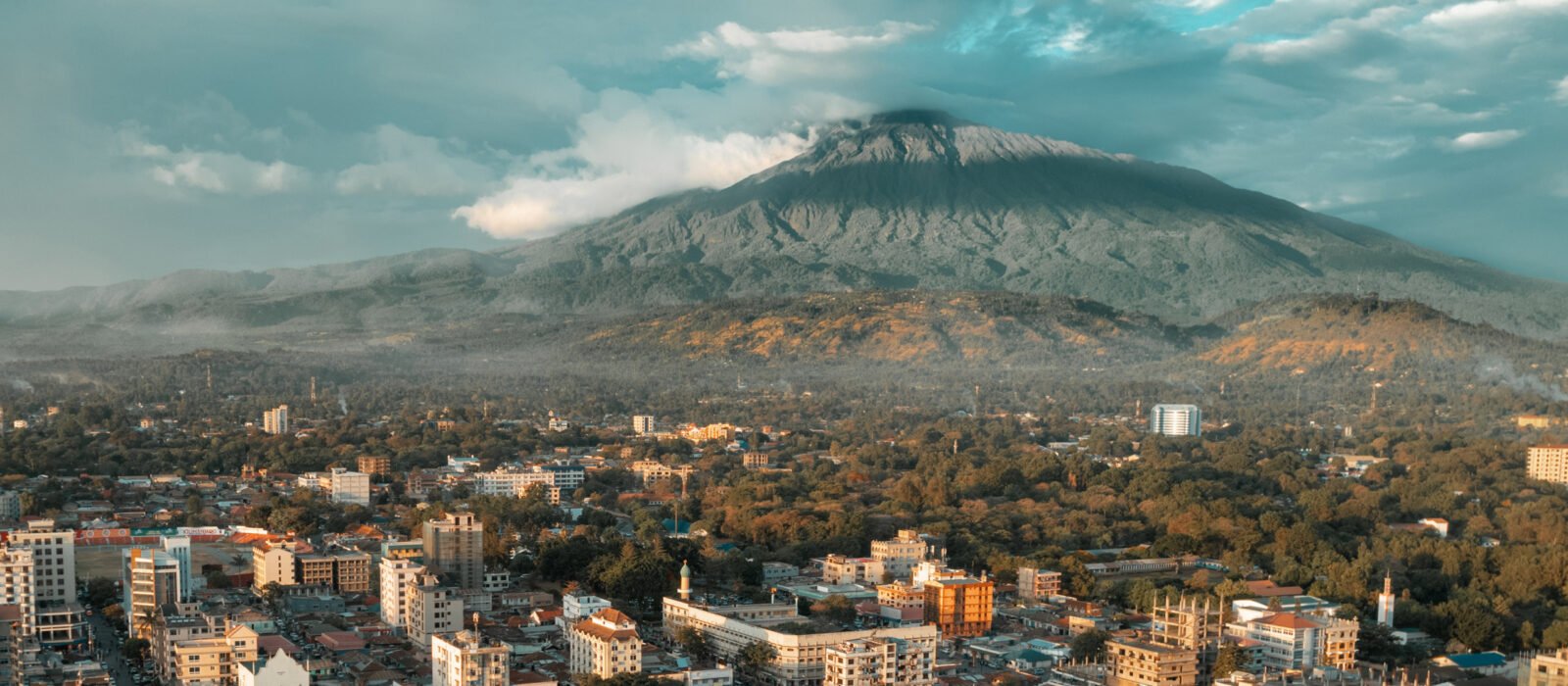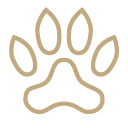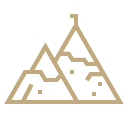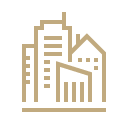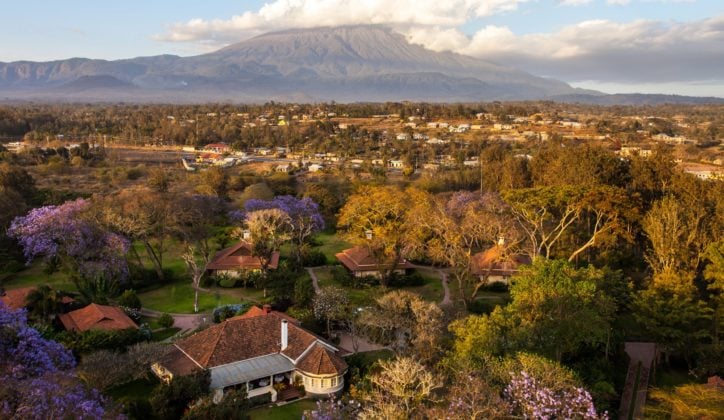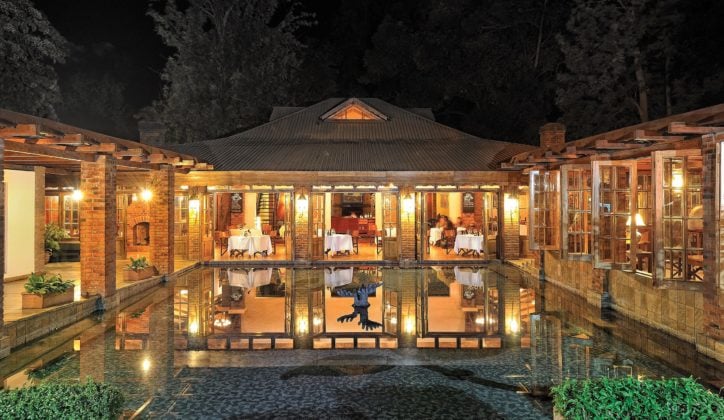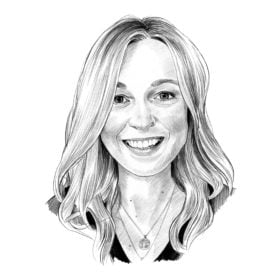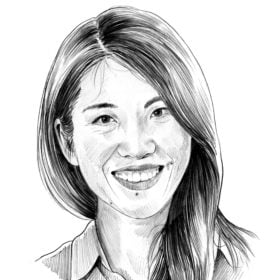Gateway to a game-rich country
Arguably the safari capital of East Africa, Arusha is a bustling city in northern Tanzania and the main hub for those who are going to be embarking on a safari in this extensively game rich country.
Located right on the cusp of some of Africa’s most famous national parks, like Serengeti National Park, the Ngorongoro Conservation Area and Lake Manyara National Park; and in the shadows of Mount Kilimanjaro and Mount Meru; the thriving multicultural African city draws in thousands of tourists every year. Kilimanjaro International Airport is your introduction to the country and serves as a hub for charter flights to safari destinations in the region. Arusha Airport is a smaller domestic airport that allows for a more efficient transfer of travellers to their safari destinations.
Spending a little time in the city can offer you quite an interesting insight into how Africa has changed in recent years. If you find yourself with a few hours to kill before or after your safari, you could visit the Museum of Natural History which offers insight into the country’s history, geography, flora and fauna and can be quite an interesting experience. The Cultural Centre has a variety of typically traditional carvings, gemstones and artefacts that help to summarise the past and present lives of over 120 Tanzanian tribes and is paired well the Maasai Market where you can get some wonderful souvenirs.
The region has been home to the Arusha Chini Maasai people since around the 1830s. An agricultural community, they traded their grains, beer and honey with other nearby Maasai groups who in turn provided them with livestock, milk and skins. It was under German control from the 1890s, with the British taking over from 1916 during World War I. Not long after American missionaries and Greek settlers arrived. This changing of influence is evident in the city’s architecture – from colonial buildings to more modern buildings inspired by African aesthetics post-independence, and contemporary skyscrapers.
Highlights
Go on a scenic helicopter safari to Mount Meru or Lake Natron
Head out on foot to explore hiking trails on the nearby slopes
Spend time wandering through the fascinating Museum of Natural History
Take a tour of a coffee plantation at Arusha Coffee Lodge

Emily Wallington
Travel Designer
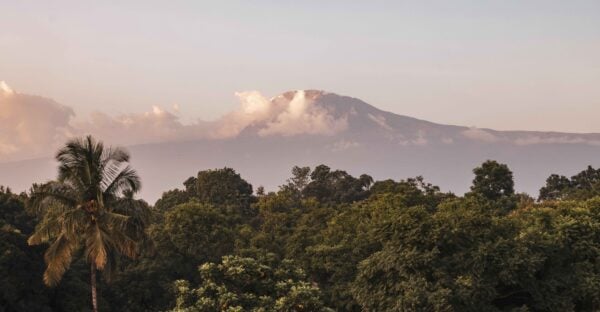
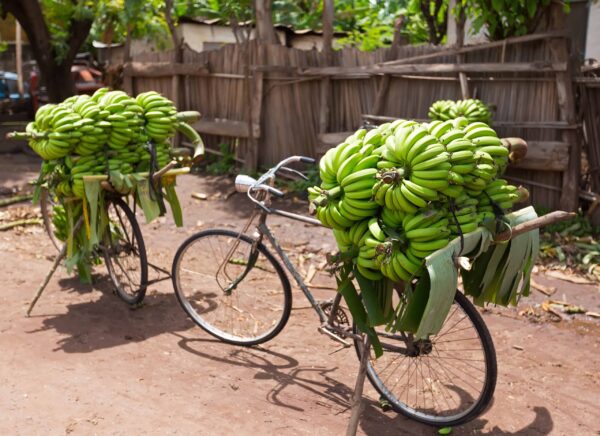
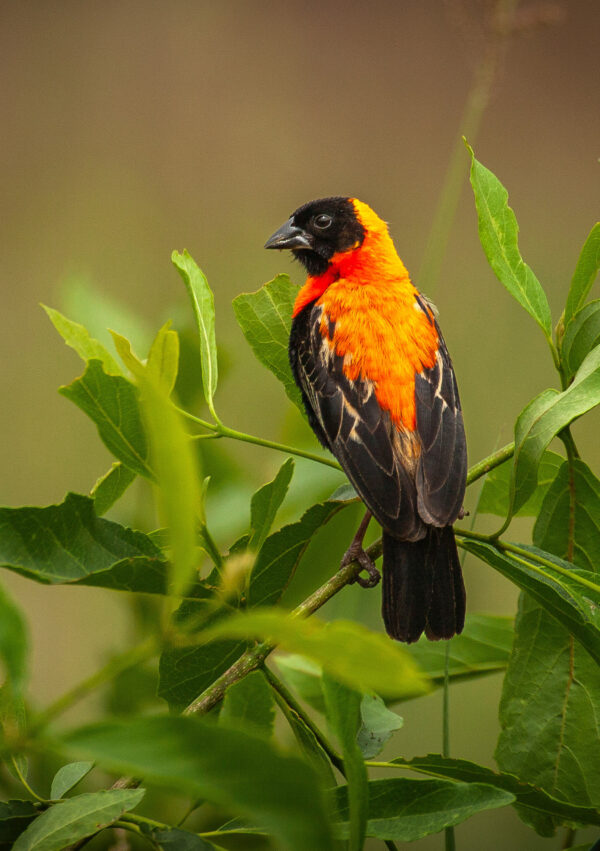
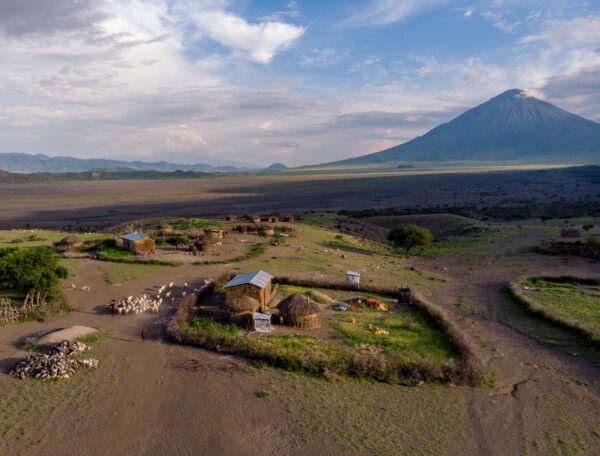
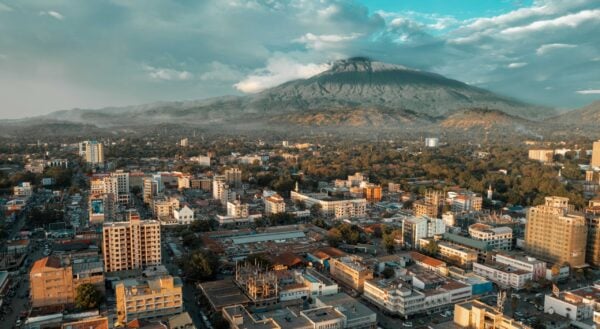
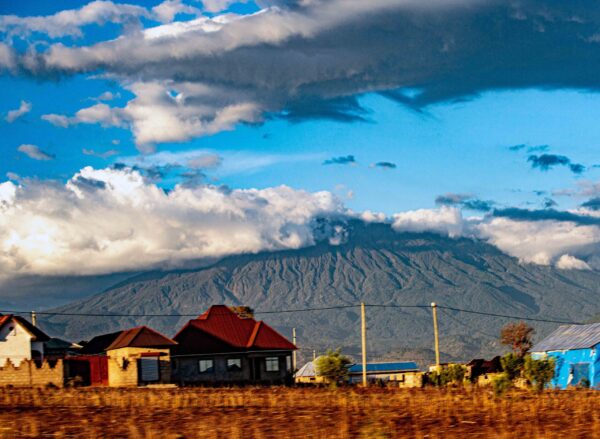

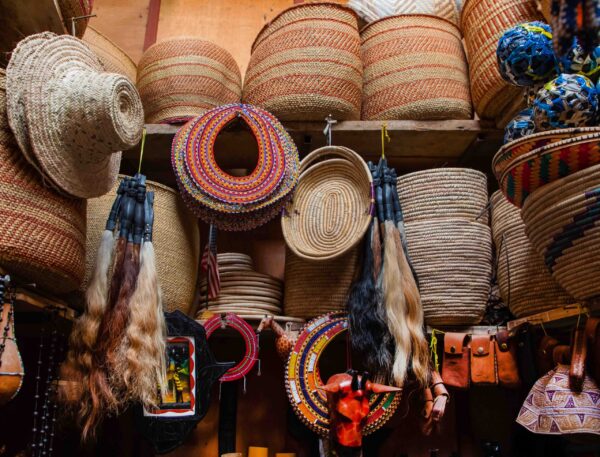
The point of entry for most trips to Tanzania, Arusha has a few interesting places to visit if you find yourself here before or after your safari for a short while. Visit the museum for a fascinating look at how the region has changed over the years and pop in at the cultural centre to have a look at traditional artefacts.

Emily Wallington
Travel Designer
Luxury accommodation in Arusha
Trip inspiration
Discover more of Tanzania
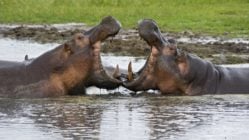
Katavi National Park
For safari experts, the isolated Katavi National Park comes highly recommended. With a combination of grassland plains, marshland, rugged hills, woodland, lakes and rivers, this multifaceted region of Tanzania is home to a dense and varied wildlife quotient - including predators.
Discover more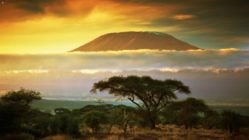
Kilimanjaro Climb
The mighty Mount Kilimanjaro, or ‘The Roof of Africa’, is the continent’s highest mountain. To reach this dormant volcano’s snow-capped peak, hikers have to embark on a challenging yet epic journey. As you ascend the mountain you will camp from point to point, enjoying staggering sights along the way.
Discover more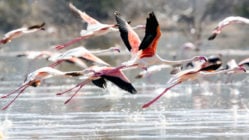
Lake Manyara
Lake Manyara has an abundance of animal species ranging from baboons, blue monkeys and bushbuck in its evergreen forests, buffalo, wildebeest, giraffe and zebra on its flood plains. Its acacia woodland is popular amongst its leopards and tree-climbing lions. One of the main draws to the park is its variation of birdlife.
Discover more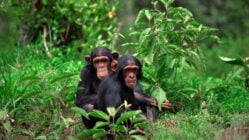
Mahale Mountains
Sitting right by the longest freshwater lake in the world, Mahale Mountains is the best place to visit for spotting chimpanzees in Tanzania. The region also offers plenty of opportunities to spot birds and aquatic life of all kinds.
Discover more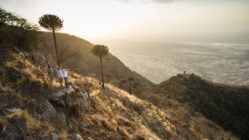
Mwiba Wildlife Reserve
Marking the southernmost point of the wildebeest’s migration loop, Mwiba Wildlife Reserve is where the herds spread out across the wider region to calve between January and March. There is only one permanent camp option so you’re guaranteed unbeatable privacy and exclusivity. There is also the possibility of setting off on night drives.
Discover more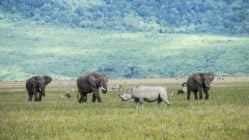
Ngorongoro Crater
A great introduction to Tanzania, this nature wonderland offers you incredible sightings of the famous big five as well as a whole host of excellent plains game.
Discover more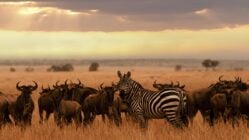
North Serengeti
The North Serengeti forms the border with the equally famous Maasai Mara of Kenya. This is the region where the herds are at their most concentrated during the migration, and it’s where you’ll see the infamous river crossings.
Discover more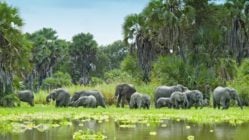
Nyerere National Park
Nyerere National Park is the largest game reserve in all eastern Africa. It is also a UNESCO World Heritage Site. The region remains relatively untouched by humans but expect to see a huge concentration of elephants (almost half of all of Tanzania’s). With the mighty Rufiji River flowing through the reserve, visitors can also spot crocodiles and hippos.
Discover more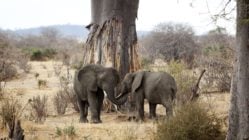
Ruaha National Park
Ruaha National Park is the largest national park in Tanzania and East Africa. This pristine area has the same wildlife density and diversity of the Kruger, but with only around 1% of the visitors, so privacy is a given.
Discover more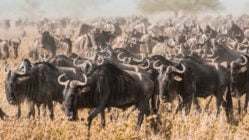
Serengeti National Park
The Serengeti National Park is one of the world’s most famous national parks. It is host to Africa’s Great Migration where huge herds of wildebeest, zebra and antelope travel around before making their way into Kenya’s iconic Maasai Mara.
Discover more
Singita Grumeti
Singita Grumeti is Tanzania’s largest private reserve. The reserve is exclusive to Singita properties, which means privacy is a given. The region offers unrivalled game viewing experiences, and especially during the Great Wildebeest Migration between the months of June and July.
Discover more
Tarangire National Park
Tarangire National Park is home to huge herds of elephants. There are also over 550 bird species including the Yellow-collared Lovebirds and the world’s heaviest flying bird, the Kori Bustard. Depending on the time of the year, you can also see the migratory wildebeest.
Discover more
Zanzibar
The African island of Zanzibar, paired with its Arabian history, makes for an excellent safari add-on. With intriguing architecture evident in the main town, Stone Town, you will be able to experience a mix of culture and landscape with pristine beaches and crystal clear waters.
Discover moreMeet your Africa team
When to visit
Tanzania is an amazing destination to visit all year round, but if you’re after the Great Migration, visit between June and July. The iconic river crossings take place from August to October and calves are born at the start of the year, with up to 8000 born daily during February.

The Great Migration
June–October

Mount Kilimanjaro
January–March

Green season
January–February
Plan your trip to Arusha
Whatever you want from your adventure in Arusha, our team of expert travel designers are ready to help.
Why book with Jacada?
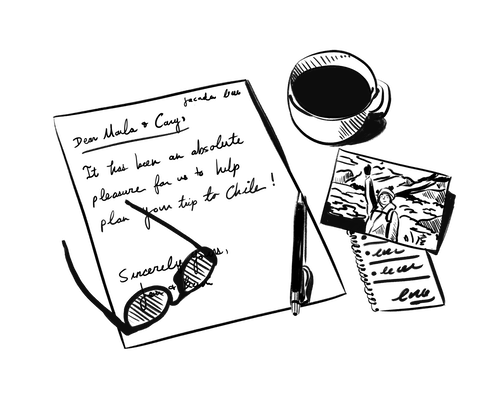
Personalised design
We’ll plan your trip around your specific interests, tastes and preferences, providing helpful tips and honest advice based on first-hand knowledge of the destination.
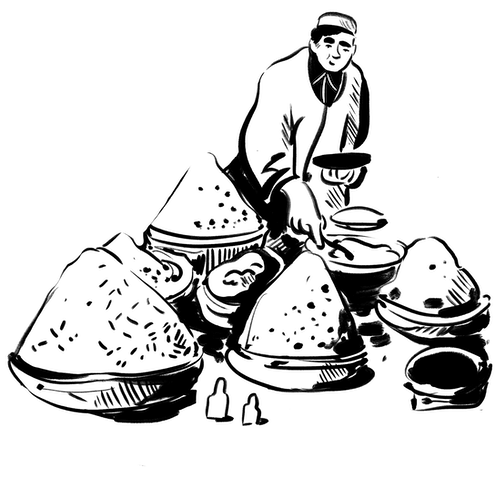
Authentic experiences
Our expert guides and brilliant travel concierges are hand-picked to provide a genuine experience, bringing your destination to life with care and passion.
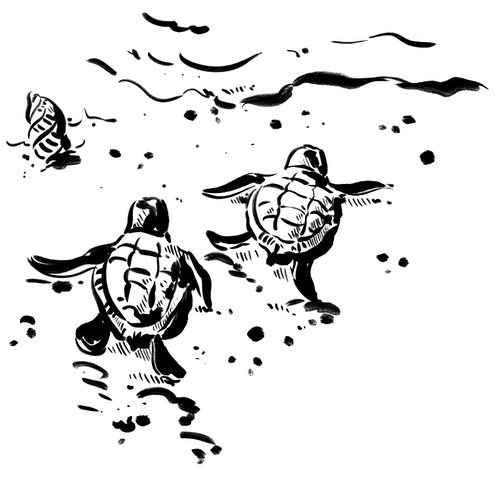
Responsible travel
Our luxury trips are designed with responsible travel principles that prioritise travel experiences that are both good for you and good for the planet.
We have traveled with Jacada four times; to Patagonia, Tanzania, Colombia and a longer trip to northern South America. Each time we had a wonderful trip and felt very supported throughout. We stayed in world class lodgings in amazing places and had experienced guides. Never once did we wait to be picked up. On the rare occasion that there were…
Our first safari experience in Tanzania with Jacada—and certainly not our last! Jamey Lowis curated our dream trip with meticulous care, anticipating every detail and going above and beyond our expectations. The exceptional service, attention to detail, and unforgettable experiences made it more than we could have ever imagined! What a great way to be introduced to Africa.
All the coordination from the time we entered the country being toured until we left was handled in a seamless and professional manner. Every accommodation was first class, and all employed staff members in the overnight venues were truly professional. The only exception was the airline chosen for internal flights. Their performance was very uneven and disjointed.
We booked our travel to Tanzania and Kenya for our 25th wedding anniversary. Jacada travels This one of the most memorable trips we’ve ever taken. They were always with us throughout the trip without being overbearing and constantly in communication as we were traveling with younger kids. The places that jacads suggested Were top-notch and we felt like we were…
Jacada were amazing all the way from designing our trip to guiding us throughout the journey. Our trip to Tanzania and Zanzibar was truly a once in a lifetime experience. We had knowledgeable, passionate guides on safari and stayed in beautiful accommodations throughout.


Plan with peace of mind
When you book a trip in today’s world there’s a lot to think about. But with the right advice and expert planning, you can do it with confidence.
If you book to travel with us but your plans are impacted by circumstances you can’t control, we’ll change your reservation or cancel your booking for a full credit towards future travel.
